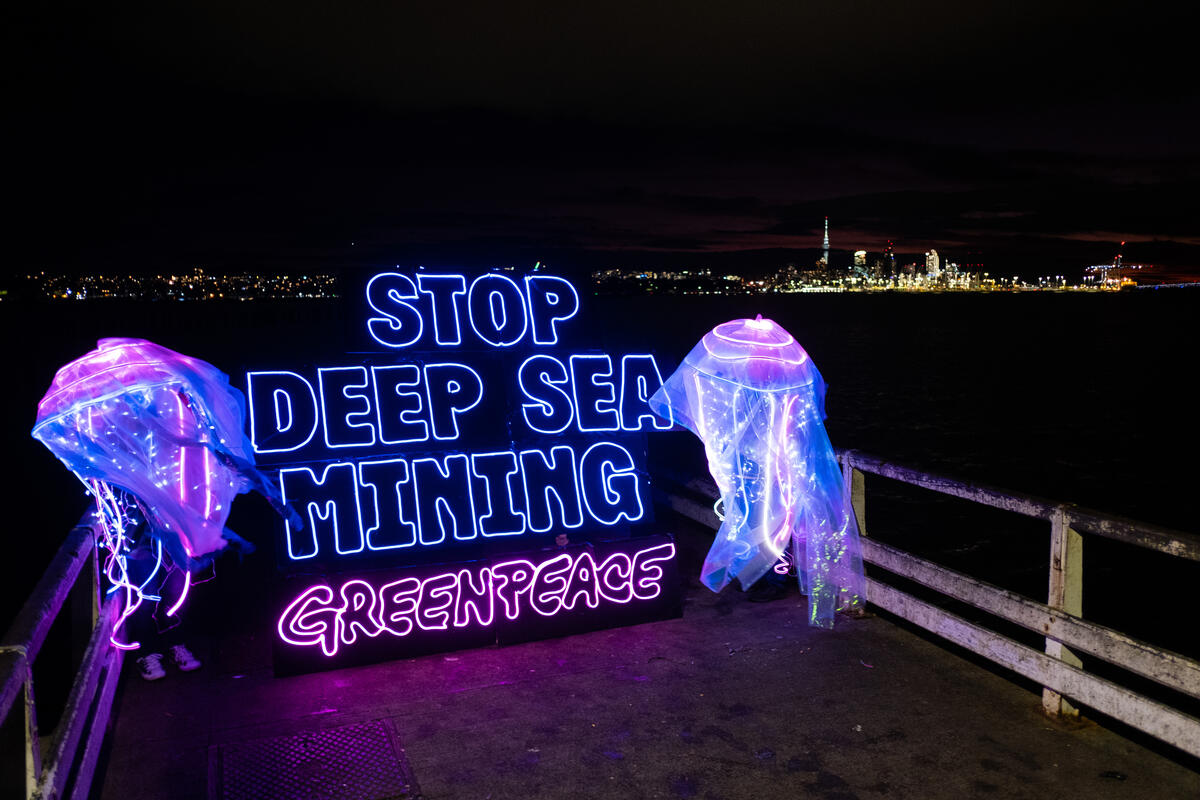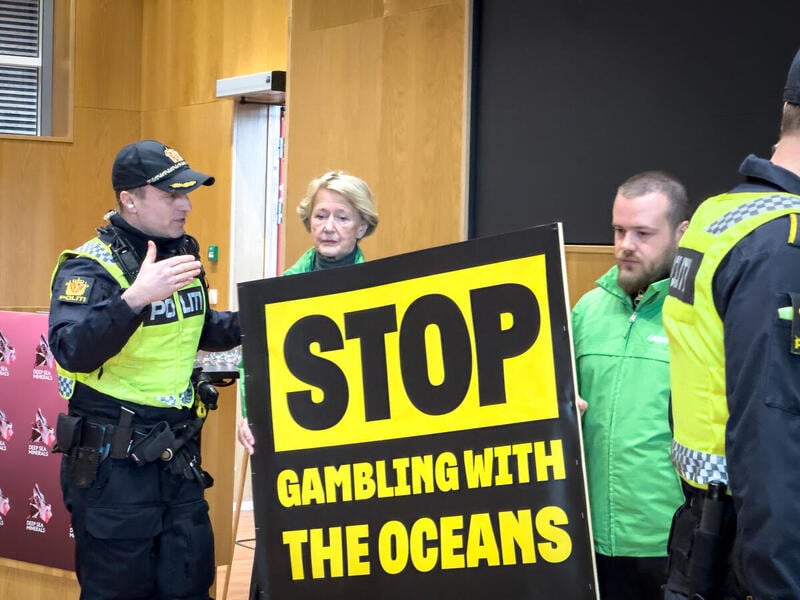We’ve journeyed from Pole to Pole, on an epic voyage to reveal the wonders that lie beneath the surface of our oceans and confront the threats they face. Our mission – to secure a Global Ocean Treaty, agreed at the UN, to protect the oceans that lie outside national waters.
Scientists, media, and marine experts have joined the crew of the Greenpeace ship Esperanza, to conduct scientific research on ocean life and document destructive human activities like overfishing, plastic pollution, and the impacts of climate change.
We want a Global Ocean Treaty because it could open the door to a network of ocean sanctuaries around the world. Scientific studies have shown that when large ocean areas are protected, marine life and their habitats quickly begin to recover. Not only will this mean turtles, sharks and whales will be given space in which they are safe from many of the human dangers facing them, but it will also help our fight against climate breakdown. Healthy oceans are essential to keep our climate stable, so we need to do everything we can to protect them.
Catch up on the voyage below, and join over three million people from around the world in demanding a global treaty to protect the oceans.
The Antarctic
In January this year, we arrived in the Antarctic to begin the final stage of this epic year-long expedition. Bursting with life and as remote as it gets, it’s no wonder this extraordinary part of the world has captured our imagination for centuries.
But today the Antarctic is being threatened by the climate crisis, and the incredible array of wildlife that calls it home is at risk.
A team of scientists joined the expedition to survey penguin colonies that hadn’t been counted for decades. This involved counting tens of thousands of penguins (by hand!) You can have a go at some penguin counting yourself in this video:
By investigating penguin colonies, the scientists can better understand how climate change and other threats are impacting them. Sadly, it’s not looking good.
Penguin numbers in the Antarctic have dropped by almost 60% – with some colonies losing as much as 77% of their population since they were last counted in the early seventies.
Why does a warmer world mean fewer penguins? It’s mostly about food. Like lots of Antarctic animals, these penguins live on krill, which can get harder to find as the ice becomes less predictable. This pressure on food supplies from the ocean, combined with changes to the land where they nest and raise their chicks, makes climate change a huge threat to the Antarctic’s best-loved residents.
But hope for the Antarctic is far from lost. While the oceans are being hit hard by the climate crisis, they’re also one of our best allies in fighting it.
Our expedition in the Antarctic was the last stop on our Pole to Pole voyage, but the campaign for ocean protection isn’t over. Take action today and follow our journey on Instagram.
Turtle Journey
We’ve worked with Aardman Animations (the creators of Wallace and Gromit and Shaun the Sheep) to produce a powerful short film about why our oceans need protection.
While we know that scientific research helps build the case for protecting our oceans, we also need millions of people around the world to help spread the word. This means we need the message of ocean protection to reach as many people as possible. This film will help us reach far beyond people who already follow Greenpeace, as well as introducing a whole new generation to this issue.
The film features special guests Jim Carter, Olivia Colman, David Harbour, Giovanna Lancellotti, Helen Mirren, Bella Ramsey and Ahir Shah
The Wild West Atlantic
Hundreds of miles offshore, beyond the reach of national laws or public attention, the open ocean can be a lawless place. And that’s especially true in the south west Atlantic.
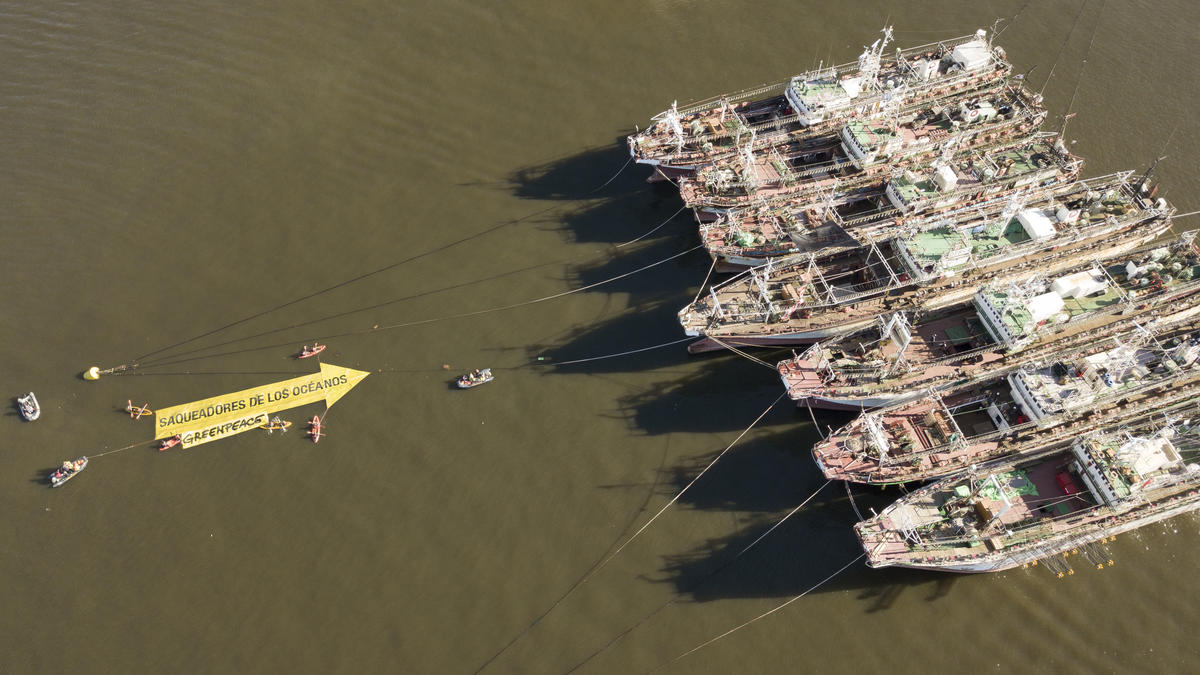
More than 40 species in this area are under threat, and it’s the home of the beautiful Southern Right Whale. But it’s also a mostly unregulated fishing ground, where giant trawlers sweep up sea life.
Lots of these fishing boats drop off their catch in the port of Montevideo in Uruguay. Activists from Greenpeace Andino confronted them here with a 25m banner reading ‘Ocean Looters’.
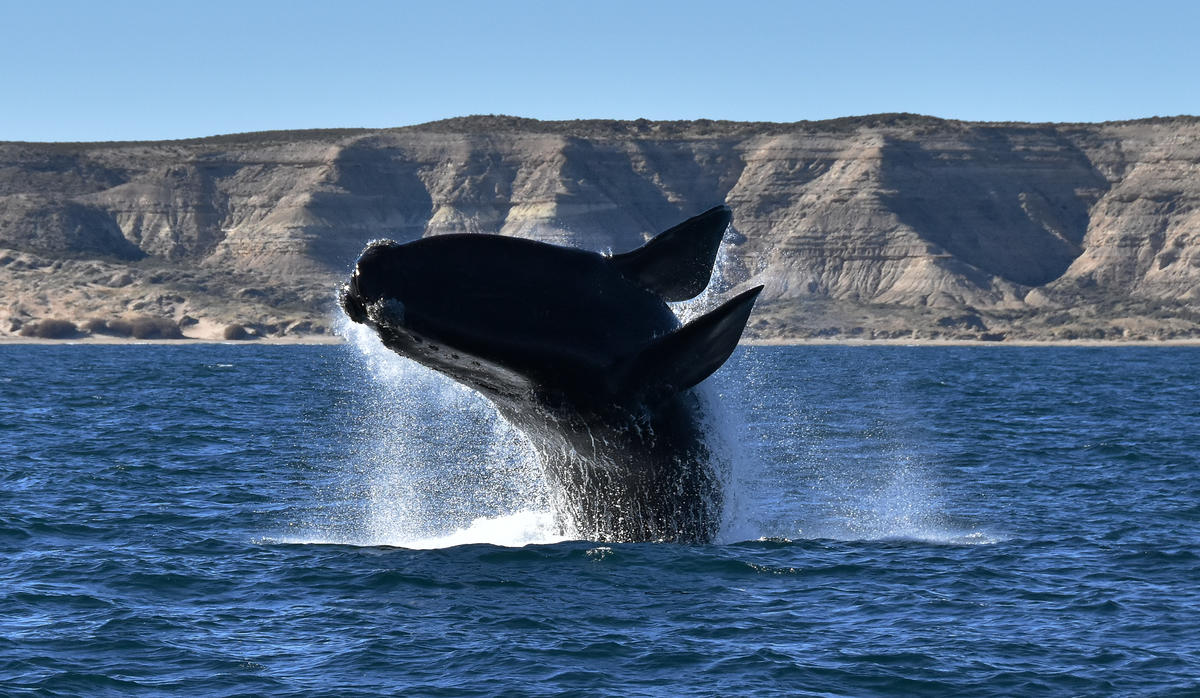
Ghost nets and underwater mountains
It sounds like the plot for a sci-fi fantasy story, but far off the coast of South Africa there really is an underwater mountain. It’s littered with ‘ghost nets’ abandoned by industrial fishing boats over the years.
Mount Vema is still beautiful and full of life, but fish and other animals are still getting tangled up (and even killed) in this abandoned fishing gear.
The team on board the Greenpeace ship Arctic Sunrise will be investigating the role this mountain of the sea and others like it play in maintaining the balance of our oceans, and documenting the impact destructive overfishing may have had on this habitat rich in marine life.
Uncovering the secrets of the Amazon Reef
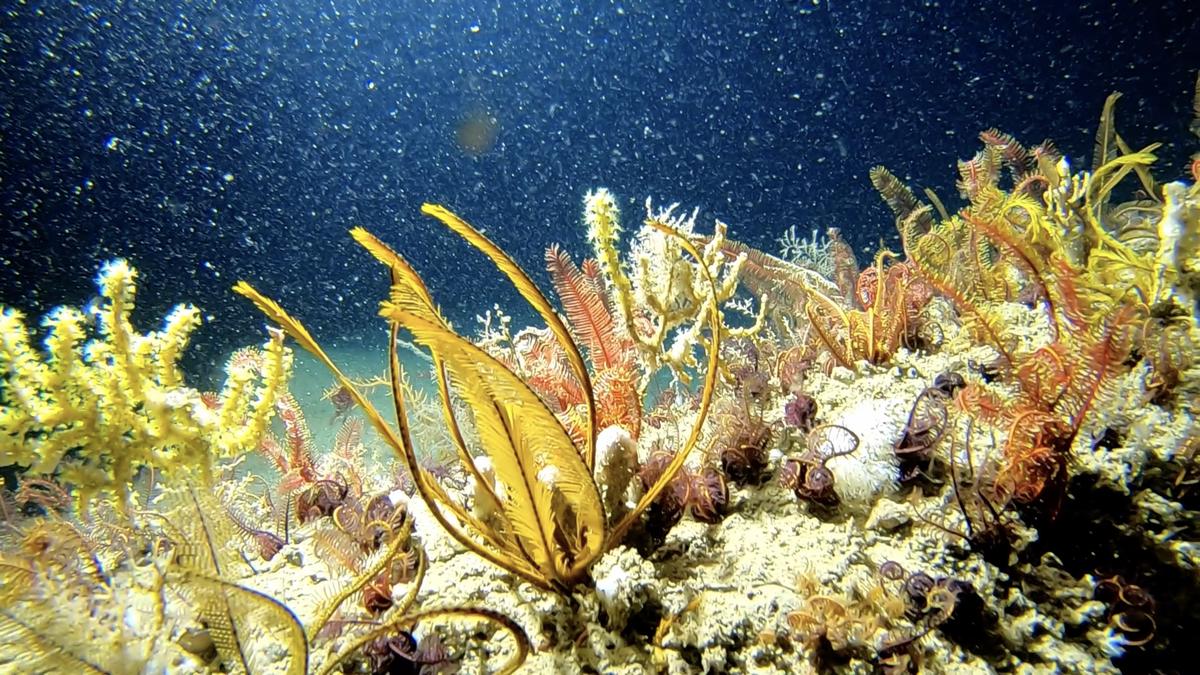
In late August, the Esperanza returned to the beautiful Amazon Reef, which has been at the heart of a long-running campaign against giant oil companies planning to drill near this unique habitat. Following on from the UN meeting in New York, the pressure is on to make world leaders pay attention to ocean protection.
At the Amazon Reef, on-board scientists quickly made an important new discovery – after spotting a mother whale and her calf, they’ve confirmed that the Amazon Reef region is a breeding area for whales.
This expedition also saw the first ever human deep-dive in the Amazon Reef. Unencumbered by the mini-submarine used on previous trips, scuba divers were able to gather incredible, pin-sharp images of the reef’s fascinating wildlife.
As part of their efforts to understand the wildlife in this area, the team is also tracking a group of leatherback sea turtles from their nesting ground in French Guyana, at the northern end of the Amazon Reef.
This is a long-term study so we won’t have final results for a while, but one thing is clear: those turtles can really swim! As this map shows, they’ve crossed thousands of miles of open ocean in just a few months.
UN meeting in New York
In August 2019, government officials from around the world met at the UN in New York to negotiate a Global Ocean Treaty. Millions of people have called for world leaders to protect our oceans and Oscar-winning actor Javier Bardem delivered the message straight to the UN (via Times Square!)
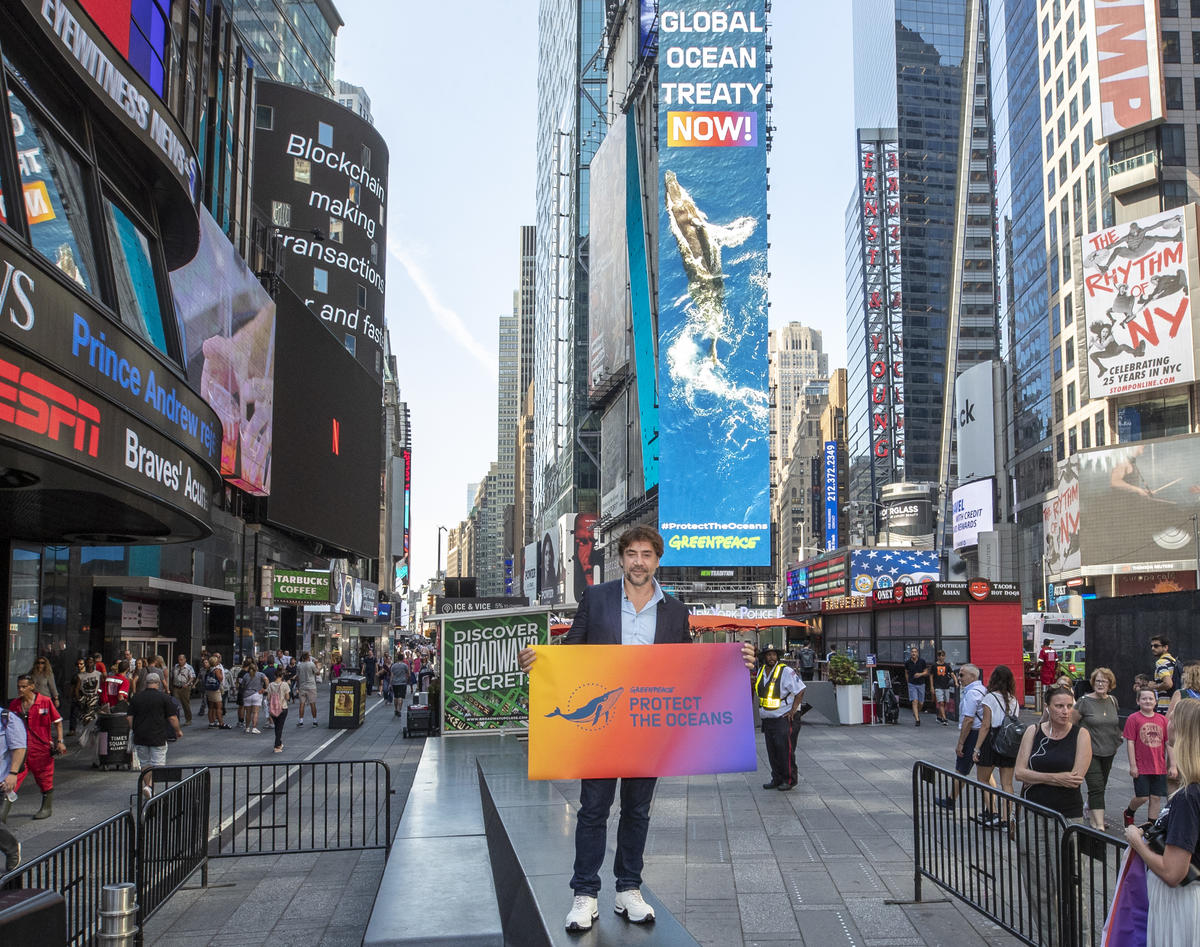
But the outcomes of the meeting were disappointing – the negotiations are going too slowly and countries are still not showing enough ambition. But we aren’t giving up! The next set of negotiations should happen in 2021, so the pressure is on to make sure that world leaders get the message – our oceans urgently need protection. This meeting may be over but the journey continues.
The wide Sargasso Sea, full of life
In the run up to the UN meeting in New York, the Esperanza journeyed through another incredible ecosystem. North of the Caribbean, stretching across a vast area of the North Atlantic, is the Sargasso Sea. These waters have one defining characteristic: floating mats of Sargassum algae.
This brown, frondy seaweed is kept in place by a gyre; ocean currents which encircle the Sargasso like a whirlpool and push the Sargassum into giant entangled clumps. The seaweed mats provide shelter and food for a vast array of species, including fish, seabirds and turtles.
But the sad fact is that the same currents keeping the seaweed in place are also collecting plastic – any plastic rubbish floating into the currents will become trapped amongst the weed. We need action on land to stop the flow of plastic into our oceans, and we need a network of ocean sanctuaries to wildlife space to recover.
The crew of the Esperanza used a range of methods to collect images and scientific data on a range of Sargasso species; from simply snorkelling to survey the Sargassum mats, to collecting DNA from seawater to see which species had passed by. They also used blackwater photography which uses special lighting to capture images of creatures which usually only appear at night. The result was a breathtaking set of photographs revealing the wonders hidden within the Sargasso Sea.
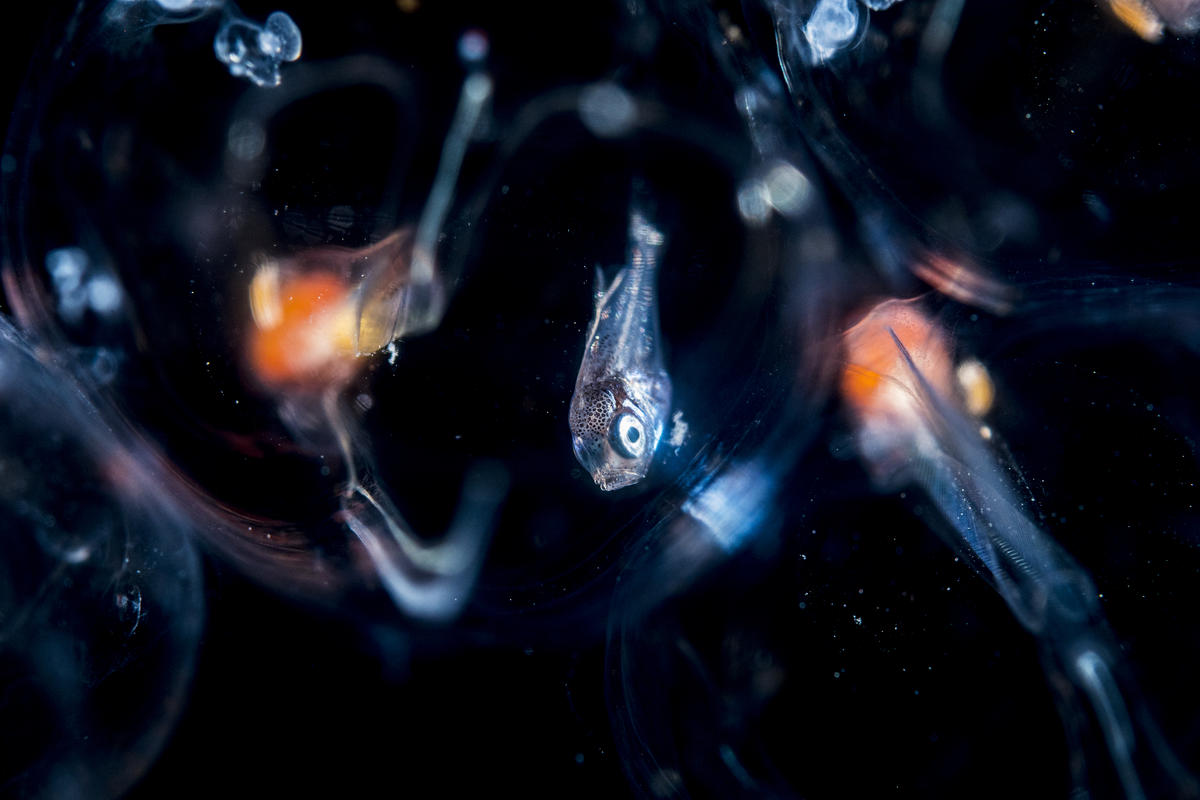
The crew were also lucky enough to see green turtles which, along with loggerhead turtles, rely on the Sargassum. Baby turtles hatch from eggs laid on beaches and make the perilous journey to the Sargasso Sea – less than 1 in 1,000 hatchlings survive that journey. There, the survivors shelter from predators amidst the weed, feeding away as they grow.
But like all marine creatures, turtles are under pressure from destructive fishing, overheating and acidifying oceans, as well as plastic pollution which they mistake for food.
Actor Shailene Woodley joined the crew to help spread the word about the impacts of plastic pollution and the need for ocean protection.
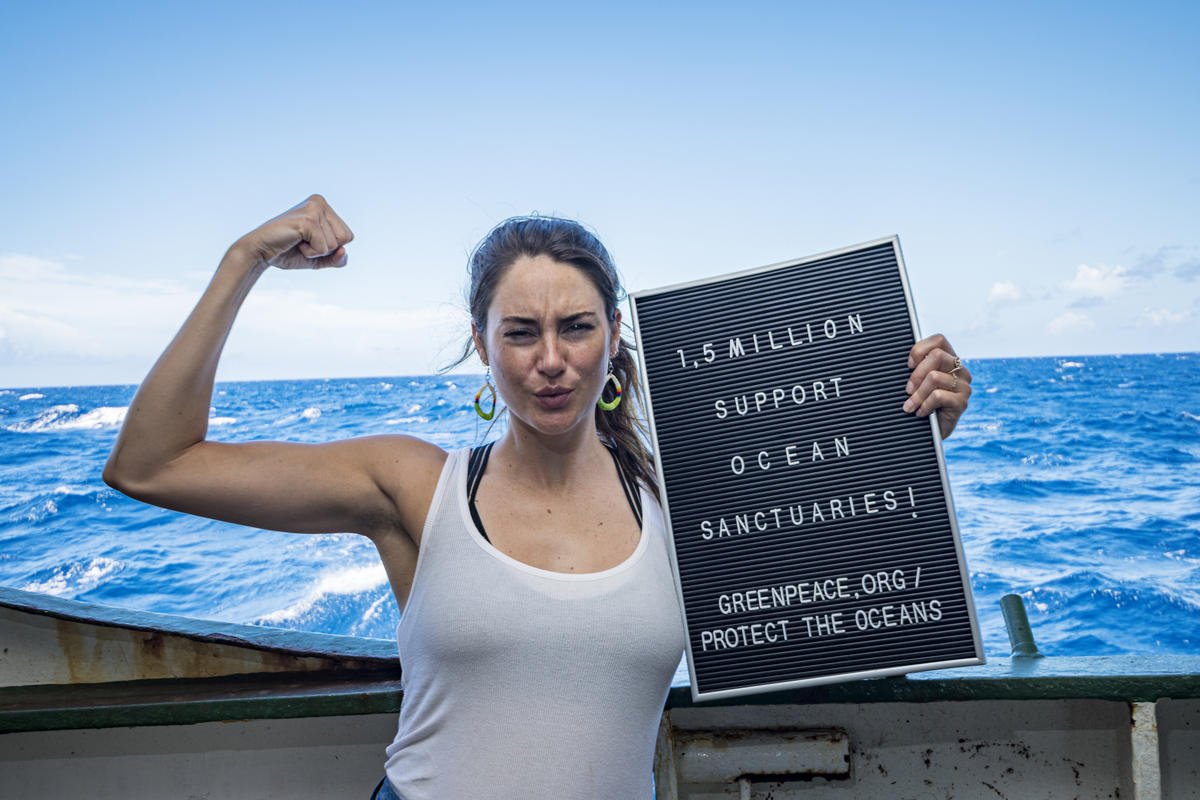
Throwaway plastic is made on land and it’s here that we need to see action from companies to reduce the amount of single-use plastic they are pumping out onto the market. But out at sea we need to create vast ocean sanctuaries, which provide safe havens for wildlife to recover free from human interference.
The Lost City: underwater cathedrals and mysterious creatures
The latest stage of the expedition saw the Esperanza sail across the Atlantic Ocean, to discover the wonders of the Lost City and highlight the threat of deep sea mining, before heading to Jamaica to take this message to an international seabed conference.
About 20 years ago, scientists made an astonishing discovery. Deep in the Atlantic Ocean lies a network of hydrothermal vents, pumping scalding water from the depths of the Earth. These vents resemble cathedral spires, so the Lost City was an obvious name to choose.
And around these vents live diverse and unique creatures – crabs, anemones and giant worms have adapted to the extreme conditions, creating a thriving ecosystem where few other creatures can survive. Scientists even think that vents like these could have hosted the origins of life on earth.
While most of us will never see the Lost City in person, artists from around the world used it as the inspiration for artworks depicting its beauty and the threats it faces.
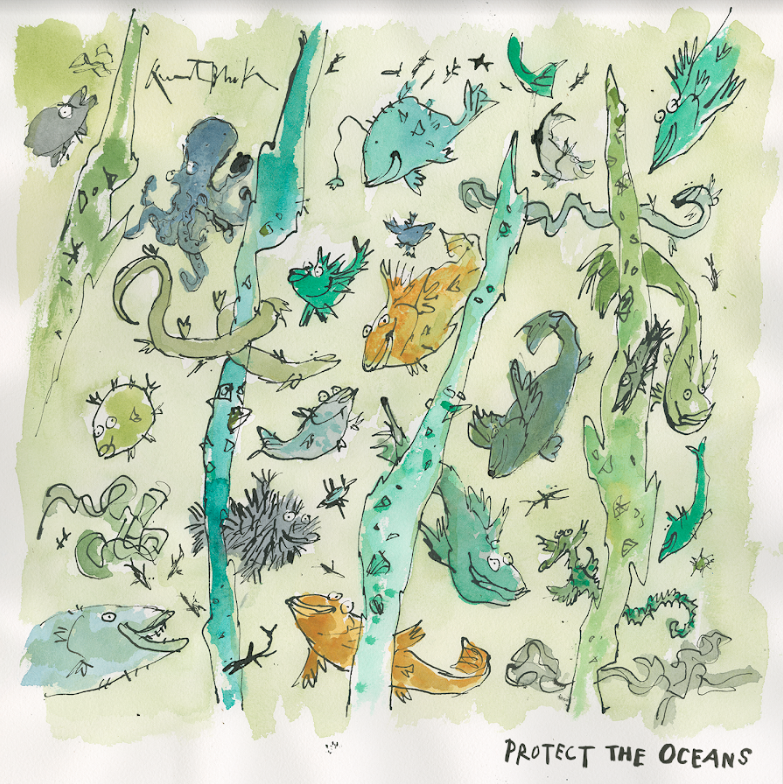
Inevitably, where many people see natural marvels, big companies see something else: resources to be exploited. The waters gushing from the vents are rich in minerals and mining companies are keen to send in monster machinery to rip them open.
They’re particularly interested in rare earth metals which are crucial for phones and tablets, and claim deep-sea mining is the only way to keep us all online (this is rubbish, and so are their other claims.) But there’s no two ways about it: deep-sea mining will obliterate these fragile communities and even make the climate crisis worse.
The good news is that deep-sea mining hasn’t started, at least not yet, so we have a chance to protect the Lost City and other areas on the sea bed. Thousands of people have sent messages to big tech companies – Google, Microsoft, Apple and Hewlett Packard – in the style of their own adverts, asking them to promise they’ll never use materials from the deep sea in their products. If tech companies won’t use deep-sea minerals, the mining companies’ main argument falls away.
Meanwhile, the Esperanza crew took this message to the annual meeting of the International Seabed Authority. You’ve probably never heard of this obscure organisation, but it’s supposed to regulate deep-sea mining. Instead of proceeding with caution, they’ve so far approved all mining licence applications and barely consider environmental impacts. Even worse, they’re lobbying for a weaker Global Ocean Treaty.
Waves around the world on World Oceans Day
You can’t run a mammoth ocean expedition and not get involved in World Oceans Day. On 8 June (mark it in your calendar each year!), people across the globe celebrated our blue planet with face paint and human waves. Together, we sent a strong message to governments – to create a treaty that will protect and heal our oceans.
Shark attack (and it wasn’t the sharks attacking)
Shark numbers are plummeting and one of the main reasons is shark finning. This brutal and wasteful practice – in which only the highly-prized fins are taken, leaving the shark dead or dying – is a prime example of how our oceans need more protection. The Esperanza passed through a shark fishing ground and monitored a fishing vessel in action. The results weren’t pretty, but documenting destructive fishing is essential to make the case for a Global Ocean Treaty. Our new research showing the impact on endangered shark populations like mako sharks, travelled around the globe, featuring in the New York Times, France24 and ABC.
The frozen Arctic
Our epic voyage began among the ice floes of the high Arctic – although the frozen north is becoming distinctly less frozen each year.
The Arctic is warming twice as fast as the global average. This means the region is on the frontline of the climate crisis and changing fast. Most life there – such as polar bears, narwhals and walruses – depends on the ice covering the Arctic Ocean. As the ice shrinks each year, these creatures are finding it harder to survive. The ice also reflects the sun’s energy but the darker ocean absorbs this heat, accelerating climate breakdown.
Incredibly, oil and gas companies see the retreating ice as an opportunity to extract even more fossil fuels. At time when we should be cutting our use of these fuels to zero, this is extremely reckless. Oil spills would devastate the ocean, and cleaning up a spill in the face of icebergs and winter ice would be impossible.
To protect the Arctic, we need to know as much as possible about the changes taking place. The Esperanza’s crew included a team of scientists who took ice cores and ocean water samples for analysis. By examining factors such as the amount of nutrients and acidity levels, they aim to understand how the melting sea ice is affecting Arctic life. See more about our Arctic voyage on CNN, the Guardian and National Geographic.
Science isn’t the only way to appreciate the Arctic. Music can also describe this frozen – but very much alive – expanse. To highlight its beauty and fragility, we organised a unique concert, with chimes, horns, and a cello carved from ice. But the piece was almost never performed. Ironically, the above-average temperatures meant that the instruments began melting as soon as they were finished.
Add your name to the petition and tell world leaders to create a Global Ocean Treaty to protect our oceans. To follow the expedition check this blog for updates, and follow us on Instagram and Facebook.


